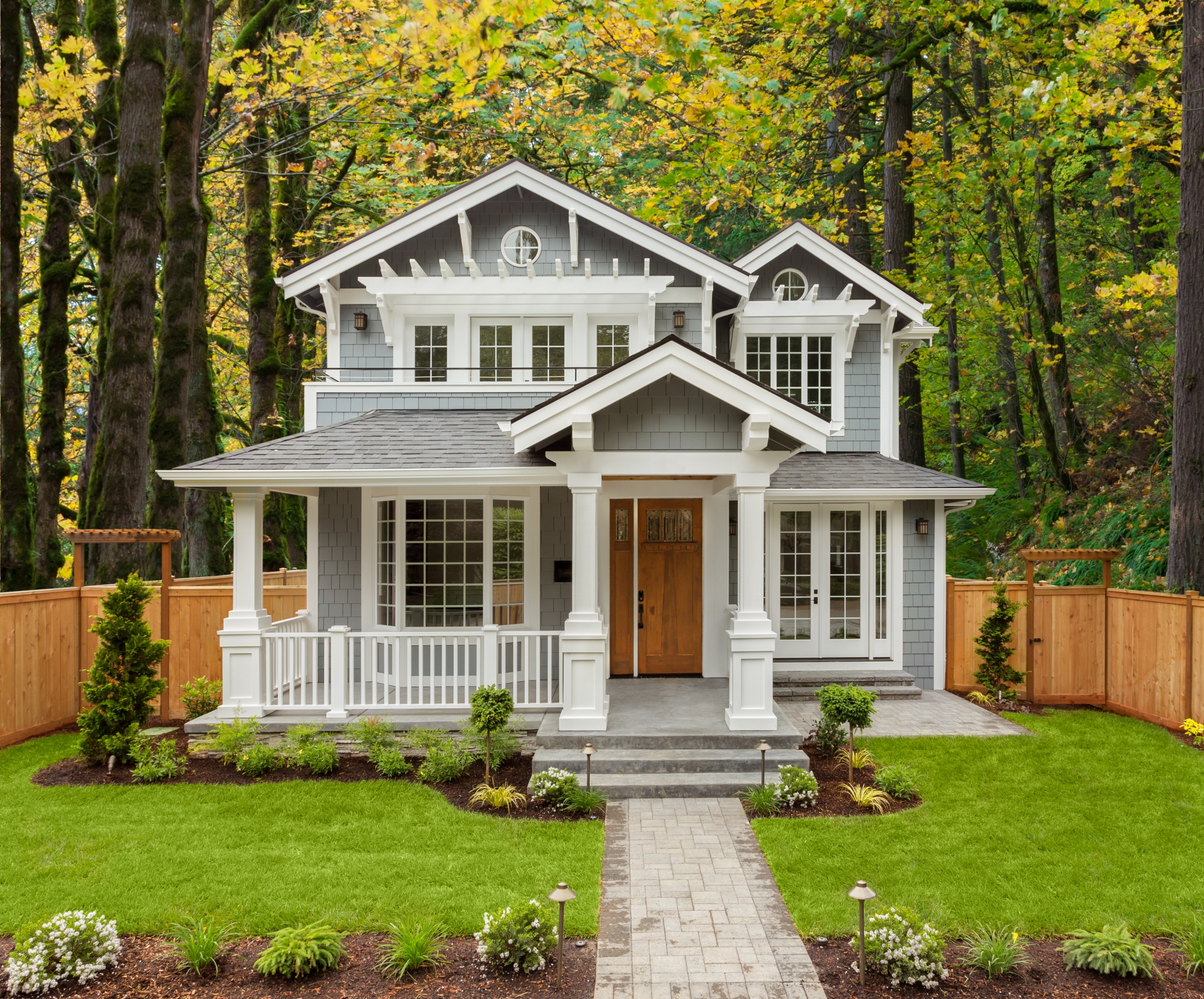Most Households Could Afford a $300K New Construction Home

October 9, 2017
1 Minute Read
Just when housing affordability news couldn’t seem more gloom-and-doomier, new data reveals that, in theory, most U.S. households — almost 60 percent — could afford a new construction home costing roughly $300,000.
In theory.
Although some home shoppers are willing to consider a bigger mortgage than they originally budgeted to purchase their dream home, most lenders will not give potential borrowers a conventional loan that would push their debt-to-income ratio above 43 percent. Given rising home values and this “43 percent rule,” we explored how higher home prices impact the number of Americans who could obtain a qualified mortgage (again, in theory). While income is just one factor lenders consider when granting loans, national median income data provides a basic frame of reference.
As of July, the median U.S. home was valued at $200, 700. Assuming 10 percent down and a 30-year fixed mortgage rate of 4.5 percent, such a home would require its buyer to make at least $32,400 per year without breaking the 43 percent rule. About 70.2 percent of U.S. households earn that income.
New construction homes tend to be priced higher than 70 percent of existing homes — or at the 70th percentile of home values — around $303,000. To afford the typical new construction home, a buyer must make $45,360 to qualify. The majority of households, 58.3 percent, earn at least that much.
A 6.6 percent price increase of $20,000 on top of $303,000 reduces the number of households who could potentially afford that home by only 3 percent. Subsequent $20,000 increases on top of this original hike make a smaller and smaller impact on the number of qualified households that still fall under the 43 percent rule. That’s mostly due to income distribution thinning out the higher incomes go.
Low mortgage interest rates are also partially responsible for the minimal impact on the share of qualified households when home prices modestly increase. If interest rates were closer to historic average levels of around 7 percent, fewer households nationwide could afford prices in the 70th percentile (48.6 percent) under the 43 percent rule. At those rates, the number of additional qualified households who could afford that first $20,000 price jump would decrease by 5.9 percent.
See the share of qualified buyers in your specific metro.
Builders, meet buyers.
82 percent of prospective buyers consider new construction.* Make it easy for them to find you – list where they’re looking.
*Zillow New Construction Consumer Housing Trends Report 2025
Learn More